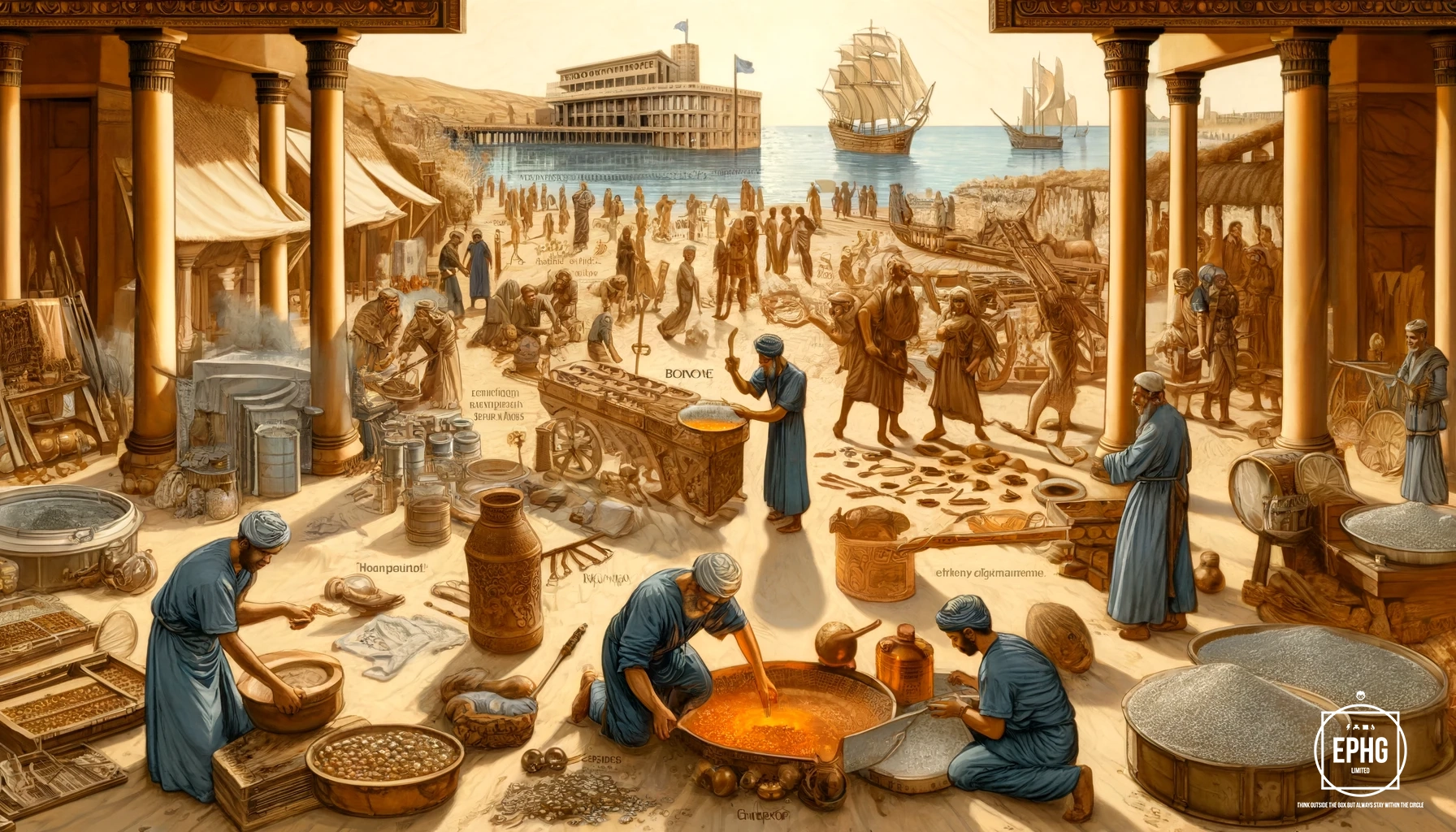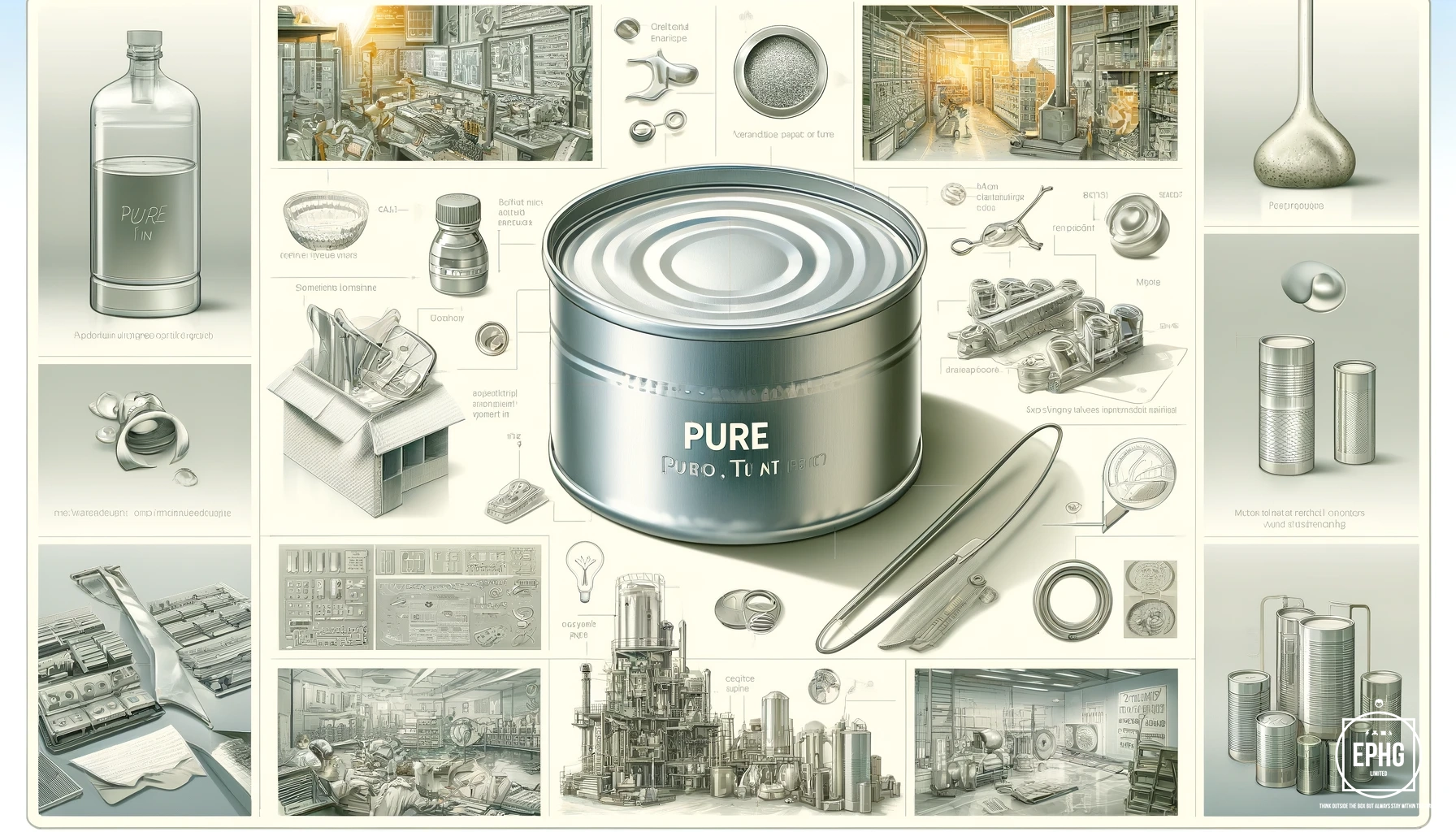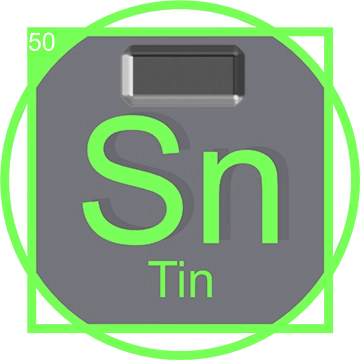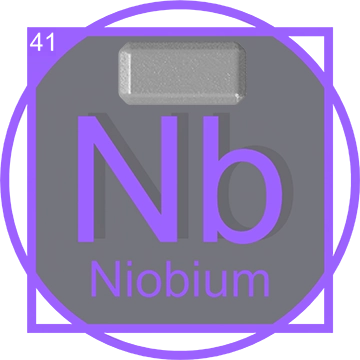The Comprehensive World of Tin: An Elemental Force in Human Advancement
Tin, known by its chemical symbol Sn, stands as one of the oldest metals known to humanity, with a history that spans millennia and a range of applications that have significantly evolved over time. This article delves into the discovery of tin, its chemical characteristics, and its extensive use across various technological and scientific arenas.
Discovery and Historical Significance of Tin

Tin's discovery dates back to the Bronze Age, around 3000 BC, when it was first used in alloying with copper to produce bronze. This pivotal discovery, which marked the beginning of the Bronze Age, significantly advanced early human civilizations by providing materials for stronger tools and weapons, thus enhancing agricultural practices and warfare capabilities.
The use of tin in bronze production led to a widespread societal transformation, facilitating the rise of cities and trade networks due to the increased demand for tin and copper. The ancient use of tin not only highlights its longstanding importance in human development but also illustrates its role in fostering technological innovations and cultural evolution. Archaeological findings across ancient sites in Europe, Asia, and the Middle East reveal tin's extensive trade and its critical role in early metallurgy, underscoring its value to our ancestors and its influence on the course of history.
Pure Tin: Characteristics and Uses

Pure Tin, known chemically as elemental tin with the symbol Sn, exhibits a silvery-white appearance and is characterized by its malleability and ductility. Unlike its alloyed form, pure tin is relatively soft and highly resistant to corrosion from water, making it ideal for coating other metals to prevent rusting. The primary use of pure tin includes the production of tinplate, which is used extensively in the packaging industry, particularly for food preservation in tin cans. Additionally, pure tin's non-toxic nature and biocompatibility make it suitable for applications in the food service industry and various medical devices. This metal's low melting point and fluidity when molten also allow it to be utilized in casting, soldering, and various specialized glass-making processes, demonstrating its versatility and importance in modern manufacturing and technology.
Role in the Periodic Table
In the modern periodic table, tin holds the atomic number 50, classified under Group 14 among the p-block elements. Known for its malleability, ductility, and resistance to corrosion from water, tin exhibits traits that make it invaluable across various domains. It shares group characteristics with elements like lead and germanium, which similarly show a blend of metallic and non-metallic properties.
Scientific and Technological Applications of Tin

Tin is a versatile metal predominantly used today in the form of tin plating and in alloys such as bronze and solder. These applications exploit tin's ability to resist corrosion and its low toxicity. Tin plating is crucial for food preservation in tin cans, while solder, an alloy of tin and lead, has become essential in the electronics industry for joining wires and components.
Moreover, tin's role in modern technology extends to newer applications in lithium-ion batteries and solar panels, where it improves the efficiency and durability of these devices. The inclusion of tin in the creation of touch screen technologies and low-temperature superconductors further underscores its versatility and ongoing relevance in advanced technological applications.
Production and Mining of Tin

Tin is primarily extracted from the mineral cassiterite, where it occurs as tin dioxide, SnO2. The extraction involves ore processing, which includes crushing and washing, to remove impurities. The concentrated ore is then smelted in the presence of carbon to reduce it to its metallic form. Major mining regions for tin include China, Indonesia, Peru, Bolivia, and Brazil, where tin is often found alongside other valuable minerals such as tantalum, niobium, and rare earth elements.
One particular are for Tin is the Uis Tin Mine in Erongo, Namibia, Tin by name, a huge production of Tin by nature.
Current Uses of Tin

Today, tin is widely used in various applications due to its corrosion resistance, malleability, and low toxicity. It is a key component in the manufacture of tinplate, which is used for food packaging and containers. Tin is also vital in soldering applications due to its low melting point and ability to wet and bond with metals, playing a crucial role in the electronics industry. Furthermore, tin compounds are used as stabilizers in plastics and as catalysts in industrial chemistry.
Future Prospects of Tin

The future of tin promises even broader applications, particularly in the field of green technology. Research is ongoing into the use of tin in lithium-ion batteries as a potential replacement for lead, aiming to create more environmentally friendly and efficient energy storage solutions. Additionally, tin's role in emerging technologies such as perovskite solar cells and low-temperature superconductors could revolutionize renewable energy and advanced electronics, respectively. These developments suggest that tin will continue to be an essential material in addressing the challenges of sustainable energy and advanced technological applications.












